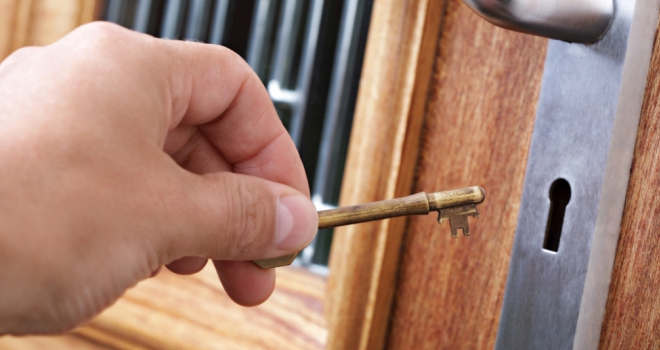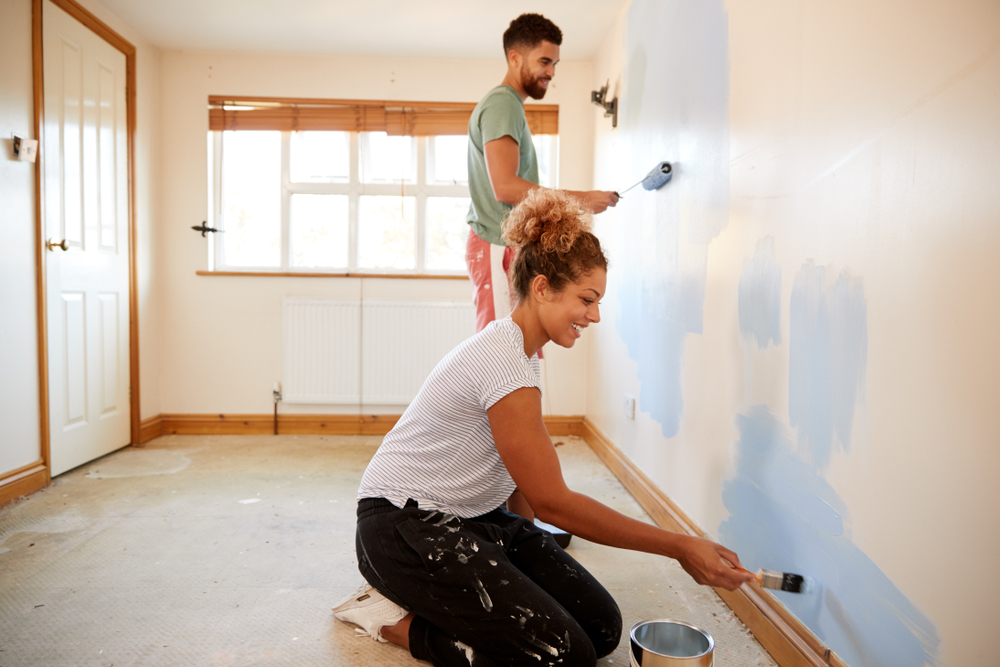Troubleshooting Plumbing Issues in Rental Properties: An Easy Guide
Troubleshooting Plumbing Issues in Rental Properties: An Easy Guide
Blog Article
The article author is making a few good observations regarding 10 Common Rental Property Repairs in general in this post down the page.

Handling plumbing problems in rental buildings efficiently is crucial for preserving lessee fulfillment and maintaining the home's worth. Whether you're a property manager or a home supervisor, understanding exactly how to resolve these common issues can conserve you money and time while guaranteeing compliance with legal obligations. Below's a detailed guide on how to deal with pipes concerns in rental buildings.
Document Whatever
Maintain thorough documents of all reported plumbing issues and the actions taken to fix them. Paperwork must consist of dates, descriptions of the issue, communication with occupants, and invoices from service providers or plumbers. This information can be essential for insurance coverage claims, tax deductions, and legal protection.
Use Qualified Professionals
Always use licensed and insured professionals for significant plumbing repairs and setups. This guarantees that the work is up to code and can help avoid responsibility concerns in case of crashes or more damages. It likewise assures renters that repair work are being dealt with expertly.
Establish Clear Interaction
Urge occupants to report any type of plumbing issues as quickly as they happen. Supply numerous communication channels such as phone, email, or an occupant portal to make it simple for them to connect. Prompt actions to these records can avoid minor issues from intensifying right into significant problems.
Inform Lessees
Educate your renters concerning what constitutes a plumbing emergency and what does not. Give guidelines on exactly how to manage small issues themselves, such as utilizing a plunger to unblock a toilet. Also, inform them about what they should avoid putting down drains to prevent clogs, such as grease, coffee grounds, and non-biodegradable items.
Regular Maintenance
Implement a regular maintenance routine for all pipes systems in your leasing residential properties. Routine checks can assist determine and settle issues like leakages, sluggish drains, or corroded pipelines before they come to be major. Consider employing a professional plumber to check the residential or commercial properties each year or semi-annually.
Quick Reaction to Emergency Situations
Have a plan in position for responding to pipes emergencies. This should consist of having the get in touch with details of reputable pipes solutions that offer 24/7 emergency situation fixings. Quick action is important to minimize damage in scenarios like ruptured pipes or serious leakages.
Preventive Upgrades
Take into consideration upgrading older pipes systems and components to a lot more contemporary, effective versions. This can reduce the frequency and severity of plumbing problems and lower lasting upkeep prices. It's also a selling point for prospective lessees who value upgrades and modern functions.
Occupant Move-Out Inspections
Conduct thorough plumbing checks throughout move-out assessments to make certain that any concerns are identified and dealt with prior to a new occupant relocate. This prevents conflicts with brand-new renters over pre-existing problems and makes certain the property remains in top problem.
Understand Legal Duties
Understand your lawful obligations regarding pipes and general home upkeep. Many territories call for proprietors to ensure their buildings are habitable and that all plumbing systems remain in good working order. Failure to attend to significant issues immediately can lead to legal actions from lessees.
Renter Compensations
If a plumbing problem needs instant focus and the renter deals with the issue on their own, have a clear policy in place for repaying expenses. Guarantee lessees recognize they ought to get prior approval for higher-cost fixings unless it's an absolute emergency.
Conclusion
Taking care of pipes problems in rental properties calls for a positive technique and excellent communication with renters. By remaining on top of upkeep, reacting quickly to emergencies, and utilizing qualified specialists, proprietors can keep their buildings in exceptional problem and keep good partnerships with tenants.
How to Handle Water Damage in a Rental Property
What is Water Damage?
Water damage is harm or destruction caused by water entering areas where it is not supposed to be. It can be caused by a variety of sources and can manifest in different ways. The most common examples of water damage include:
Leaking roof Plumbing leaks Appliance malfunctions Poor drainage Flooding Sewage backup Condensation Tenant negligence HVAC system issues Frozen pipes Is water damage dangerous?
Water damage itself is not inherently dangerous, but it can lead to various hazards and health risks if not promptly and properly addressed. The severity of these risks depends on the extent of the water damage, the source of the water, and how quickly it is mitigated.
Some potential dangers associated with water damage include structural damage, mold and bacterial growth, electrical hazards, water contamination, and pest infestations. In situations where mold and mildew have gone unaddressed, mold can start to develop within 24-48 hours of water exposure, and this can impose a serious health risk to tenants. In particular, mold spores and damp conditions can lead to respiratory issues and even make existing health problems worse, such as allergies, asthma, or immune disorders.
Water Damage in an Apartment - Who is Responsible?
If the water damage is caused by the tenant’s negligence, the tenant is responsible for the cost of repairs. If the water damage is caused by a defect in the property, the landlord is responsible for the cost of repairs. If the water damage is a result of natural causes, such as excessive rain, then the landlord is responsible, since the water intrusion likely occurred due to a defect in the property. Landlord Responsibility water damage in rental property
Since maintaining habitability is the landlord’s legal responsibility, landlords are responsible for any resulting structural damage caused by water damage. These structural damages may include damage to walls, roofs, ceilings, and flooring. If water damage has affected the rental property’s original structure, the landlord is responsible for repairing or replacing those materials. Therefore, landlords should have property insurance that covers the structural components of their rental property so that they can receive help with the costs of covered events.
Preventative measures can also help landlords avoid massive renovations. Preventative maintenance may include conducting regular inspections to identify and address potential water damage before it becomes a major and urgent problem.
If a landlord fails to meet their responsibilities regarding water damage, it can lead to legal disputes and potential liability. Tenants who believe their landlord is not addressing water damage issues in accordance with California law can seek legal advice or contact local housing authorities for assistance.
https://www.goodlifemgmt.com/blog/water-damage-in-a-rental-property/

As a passionate person who reads about How to Handle Plumbing Issues in Your Rental Property, I thought sharing that excerpt was beneficial. Remember to set aside a second to distribute this write-up if you enjoyed reading it. Thanks a lot for your time invested reading it.
Report this page